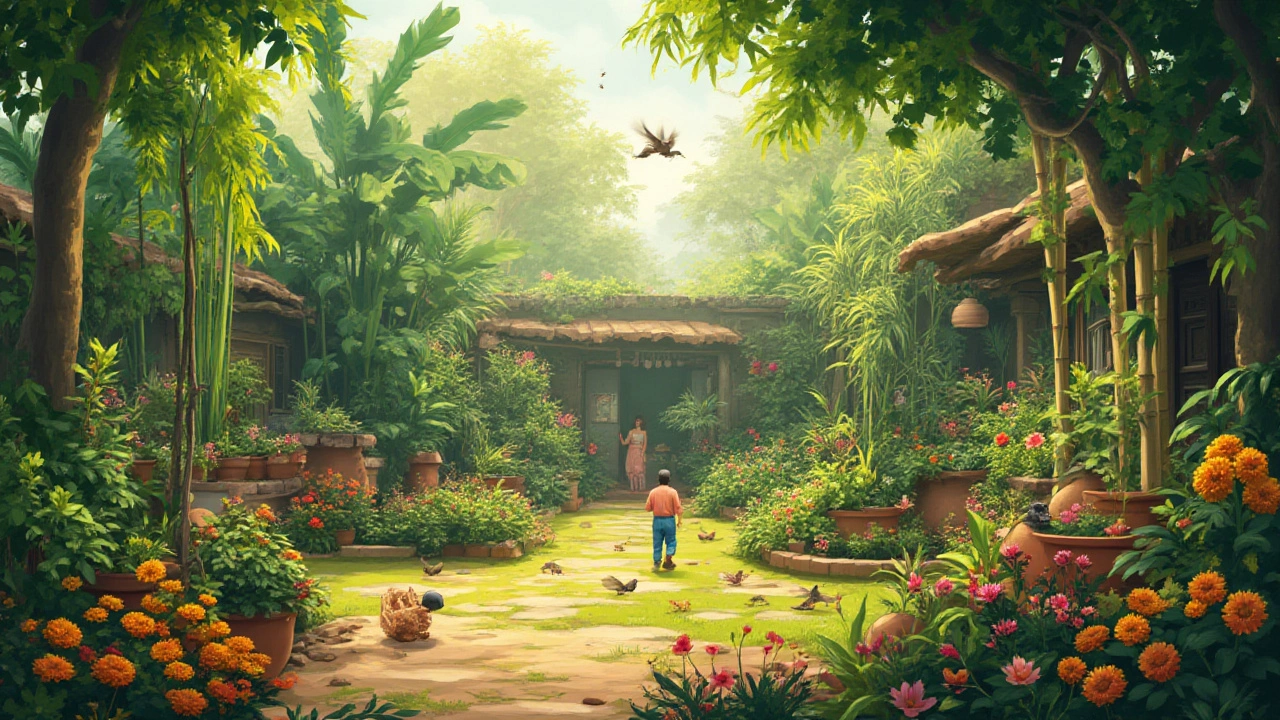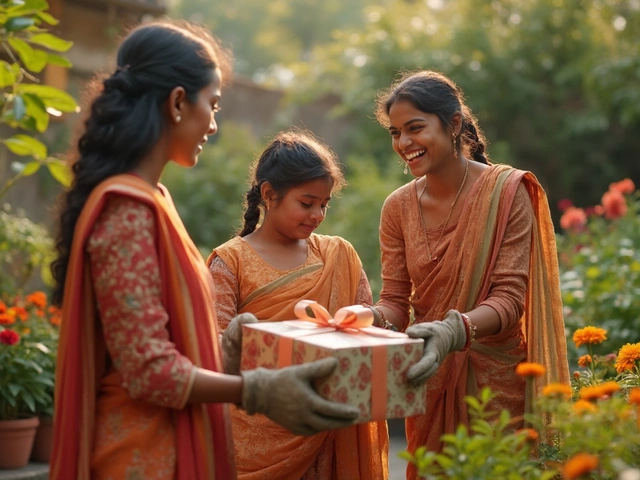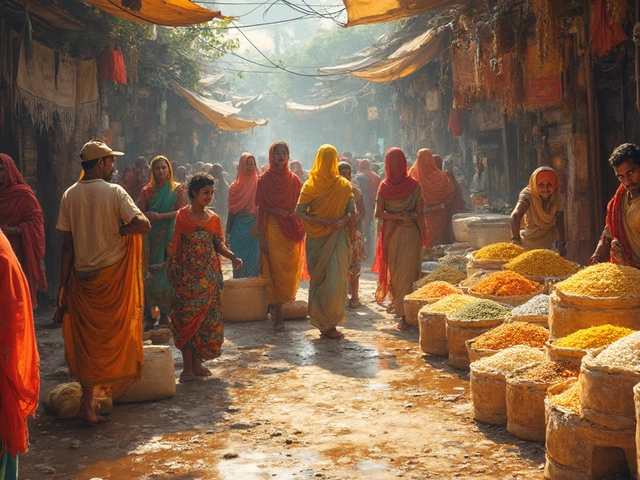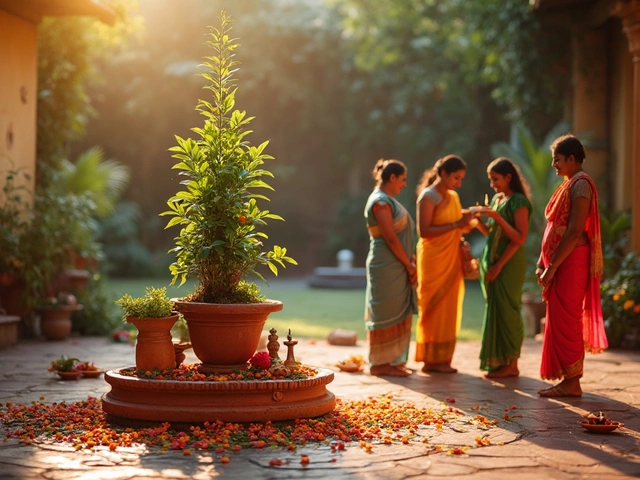Ever noticed how the best gardens seem almost effortless, while others are just a patch of struggling green? The secret's not magic, but what you grow—and how you grow it. There’s a quiet revolution happening in backyards—people ditching thirsty lawns and fussy flowers for a more practical and earth-friendly approach. If you've wondered how to make your own patch both easier and greener (in every sense), choosing the right plants is where it starts. Get ready—there’s a whole world of sustainable choices out there.
Understanding Sustainable Gardening
When folks toss around 'sustainable garden,' they’re talking about choosing plants and practices that don’t just look good for a season, but help the local ecosystem and save water, time, and money in the long run. For me, the motivation kicked in big-time after dragooning my kid, Rohan, to water flowerbeds for what felt like hours every summer. Most people think of composting and rain barrels, but the backbone of sustainability is plant selection.
Sustainable plants use fewer resources. These are species well-adapted to your local conditions, so they need less water, fewer chemicals, and almost no arm-twisting to thrive. According to a 2023 EPA report, over half the typical American household's outdoor water goes to the yard. Shrinking that number saves cash, supports wildlife, and helps the environment bigtime.
Think bigger than just flowers. Mix native shrubs, ground covers, perennials, trees, veggies, and even some edible options. Besides lowering your bills, you’ll notice lower weed pressure and nearly no pest issues—a direct bonus from hosting a healthier living soil and balanced critter populations. Trust me, once you swap thirsty petunias for something that handles the heat, you won’t look back.
Native Plants: The Champions of Low-Maintenance Gardening
If there’s one group you want to get familiar with, it’s native plants. These are the species that grew up locally, adapting over centuries to the soils, bugs, and weather patterns right outside your door. Because they already know how to survive, they naturally sip less water and fight off local pests without constant rescue missions from you or chemical sprays.
Look up what grows wild in your region. For most of the U.S., options include purple coneflower (Echinacea purpurea), black-eyed Susan (Rudbeckia hirta), and bee balm (Monarda didyma). Shrubs like serviceberry (Amelanchier) or spicebush (Lindera benzoin) support birds and pollinators. For ground cover, try wild ginger or creeping phlox. There’s style, too: many native plants have bold forms that pop in the landscape.
One cool thing: recent research from the National Wildlife Federation showed that native gardens attract up to 70% more local pollinator species than gardens full of exotics. Rohan loves counting monarch caterpillars on our milkweed patch—total kid magnet in summer. When you go shopping, look for plants labeled ‘native to (your state or region),’ or hit up a local native nursery for advice.
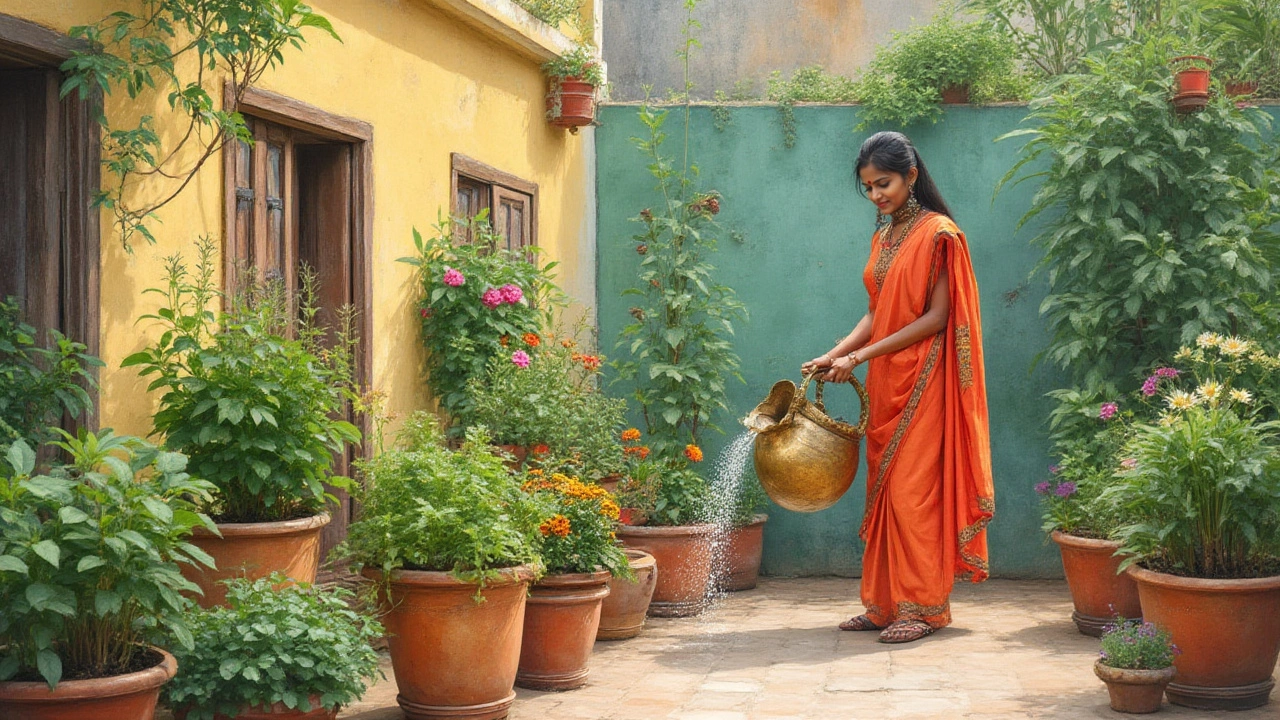
Drought-Tolerant and Climate Resilient Options
Let’s be honest: With summers getting hotter (hello, July 2025 heat dome), it makes sense to invest in plants that can handle it if you forget to water… or just don’t want to. The poster children for drought tolerance are succulents and many Mediterranean herbs: think sedum, lavender, rosemary, and Russian sage. Pair them with prairie tough guys like little bluestem, switchgrass, and yarrow, and your garden looks good without constant attention.
Some trees are just built for punishment—redbud, bur oak, or crape myrtle won’t care much about a dry spell. For color, check out blanket flower (Gaillardia) and coreopsis. These can thrive on natural rainfall once established. A lot of regions are experimenting with ‘xeriscaping’—replacing grass lawn with a mix of gravel, mulch, and tough plants. It works nearly anywhere, not just dry states like Arizona.
Drought-tolerant doesn’t mean boring. You can mix textures—feathery ornamental grasses, chunky agastache, or even edibles like artichoke and thyme. My own front yard turf patch has lost a fair bit of ground to creeping thyme, and it smells great when you walk on it. All these options keep your water usage low, which was a lifesaver when our town hiked prices after a dry spring.
Plants That Support Pollinators and Beneficial Wildlife
The right mix of plants turns your yard into a hub for bees, butterflies, and birds—the MVPs of any thriving ecosystem. If you’ve only got space for a few things, make them pollinator-friendly. Milkweed (Asclepias spp.) is the gold standard for monarch butterflies. Sunflowers attract bees and feed birds with their seeds. Every region boasts its stars: in the Midwest, native asters draw in clouds of butterflies every fall. In the Southeast, goldenrod gets all kinds of pollinator traffic.
Don’t forget about shrubs—elderberry, viburnum, and ninebark are great for structure and wildlife support. Letting part of your yard ‘go wild’ a bit, even just a section, can make a huge difference for local birds and moths. Rohan and I set up a pile of branches and stones at the back fence—we call it “Bugville”—and it’s wild how many little critters moved in.
For night pollinators, toss in some evening bloomers like moonflower or nicotiana. Kids get a kick out of watching bats swoop for moths as the flowers open up at dusk. Bonus: Gardens busy with beneficial bugs like ladybugs and lacewings see way fewer pest outbreaks than monoculture lawns and showy non-natives.
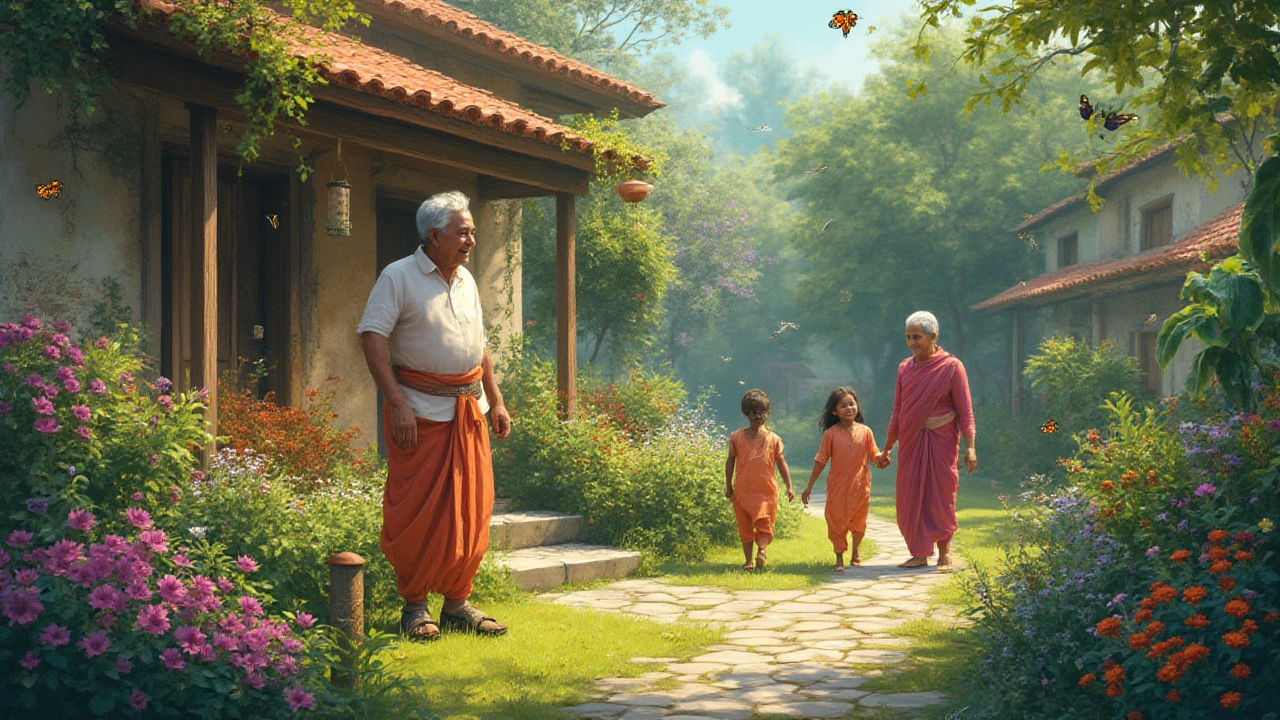
Practical Tips for Creating and Maintaining a Sustainable Garden
So, how do you put all this together into a garden you’ll love and actually enjoy maintaining? Start small. Pick one bed or corner, research what’s native and tough in your zone. Don’t rip everything out overnight—instead, gradually swap out high-maintenance plants for something that can handle heat, drought, or local bugs without fuss. Mulch well (wood chips or shredded bark work wonders), letting the soil retain moisture and nutrients naturally.
Grouping plants with similar needs—watering, sun, and soil—makes caring for them way easier. A patchwork of drought-tolerant Mediterranean herbs needs way less babysitting than mixing thirsty ferns in with your rosemary. Fertilize less often—compost or leaf mold does most of the heavy lifting. Rohan likes turning our compost pile, though I suspect he just likes the worms.
Don’t sweat every leaf-munching caterpillar. Most damage is cosmetic, and if you’ve got enough plant diversity, predators will step in before things get out of hand. Rain barrels and drip irrigation help a lot, especially for new plantings. And remember to just enjoy it—a sustainable yard is supposed to lower your workload and boost your fun time outside.
To help you compare which plants might be right for you, here’s a quick breakdown:
| Plant | Type | Water Use | Pollinator Support | Native Range |
|---|---|---|---|---|
| Purple Coneflower | Perennial/Flower | Low | High | Eastern/Central US |
| Little Bluestem | Grass | Low | Medium | Eastern/Central US |
| Lavender | Shrub/Herb | Low | High | Mediterranean |
| Serviceberry | Shrub/Tree | Low | Medium | North America |
| Milkweed | Perennial/Flower | Low-Medium | Very High | North America |
| Sunflower | Annual/Flower | Medium | High | North America |
| Russian Sage | Perennial/Shrub | Low | Medium | Central Asia |
| Blanket Flower | Perennial/Flower | Low | High | Western/Central US |
To wrap up, the best way to make your garden sustainable isn’t to overhaul everything overnight or spend thousands. Just start, add one or two tough, local, or drought-tolerant options each season, and you’ll see the shift. The garden becomes less ‘work’ and more sanctuary—with wildlife, colors, and scents you’d otherwise miss. Sure beats paying for more fertilizer or dragging the hose across the lawn again.
And if your kids start spotting butterflies or counting birds like Rohan, you know you’re on the right path. Sustainable gardens really are the future, and they’re hiding in plain sight right outside your door.
